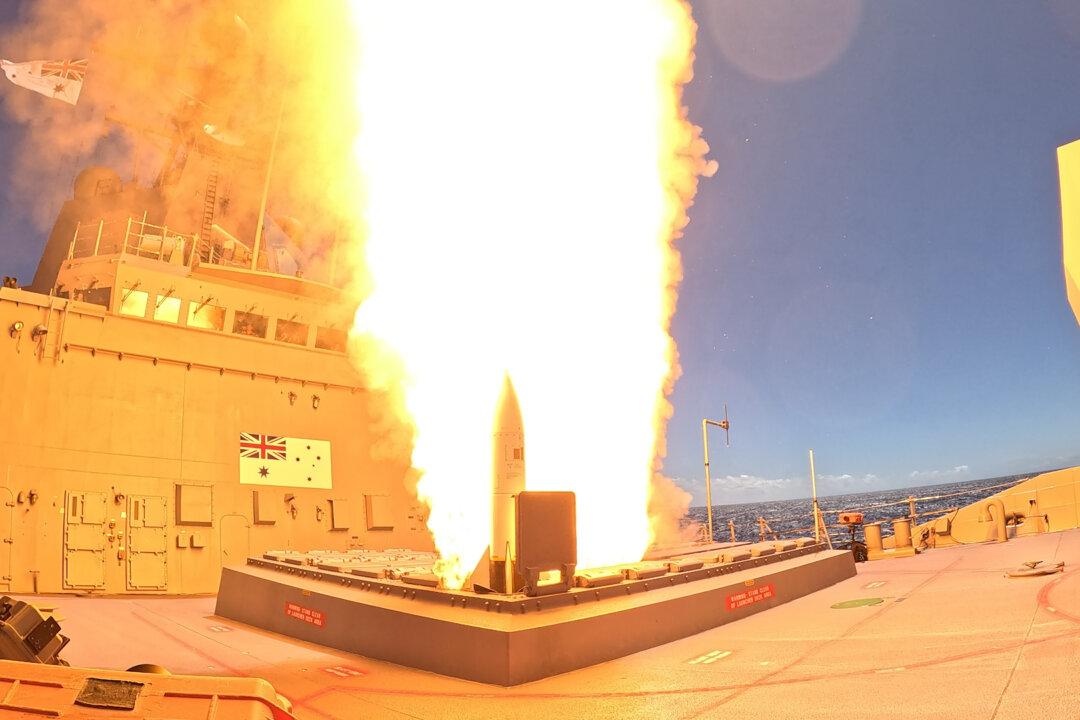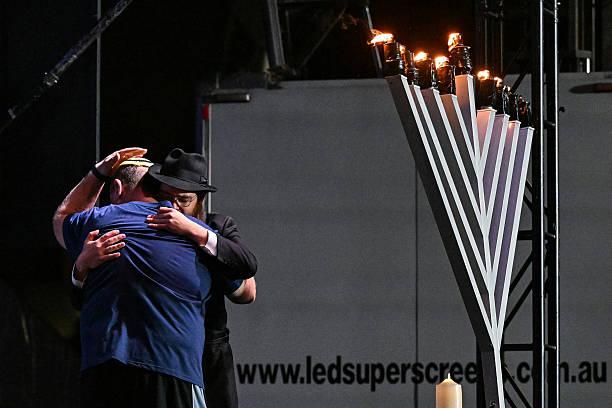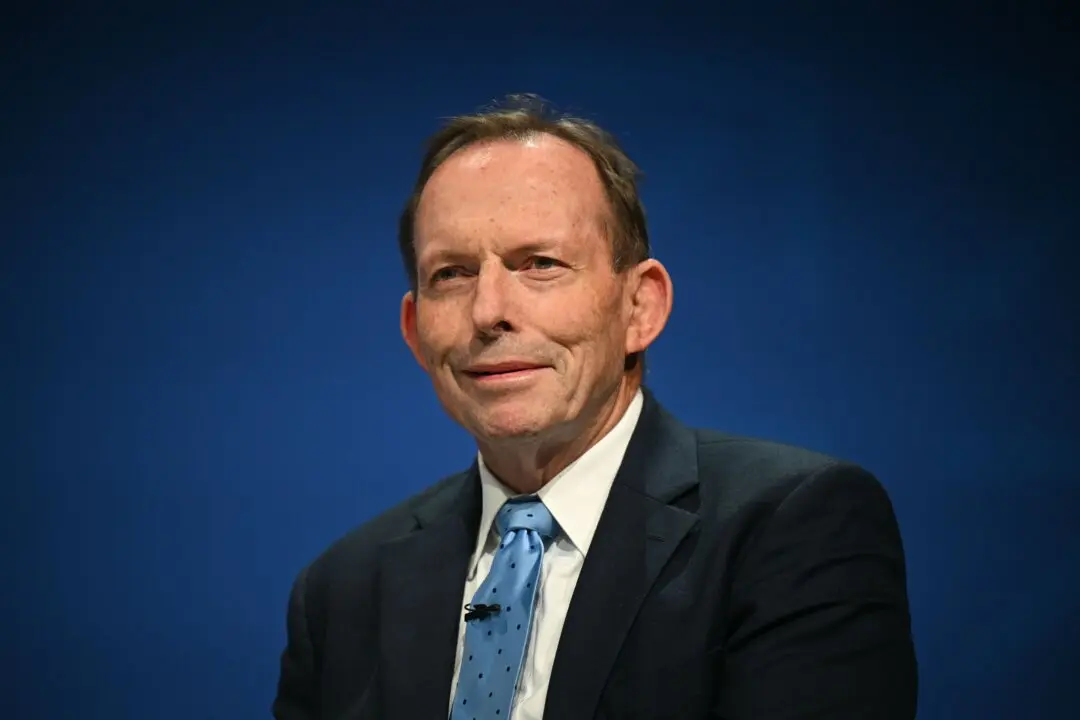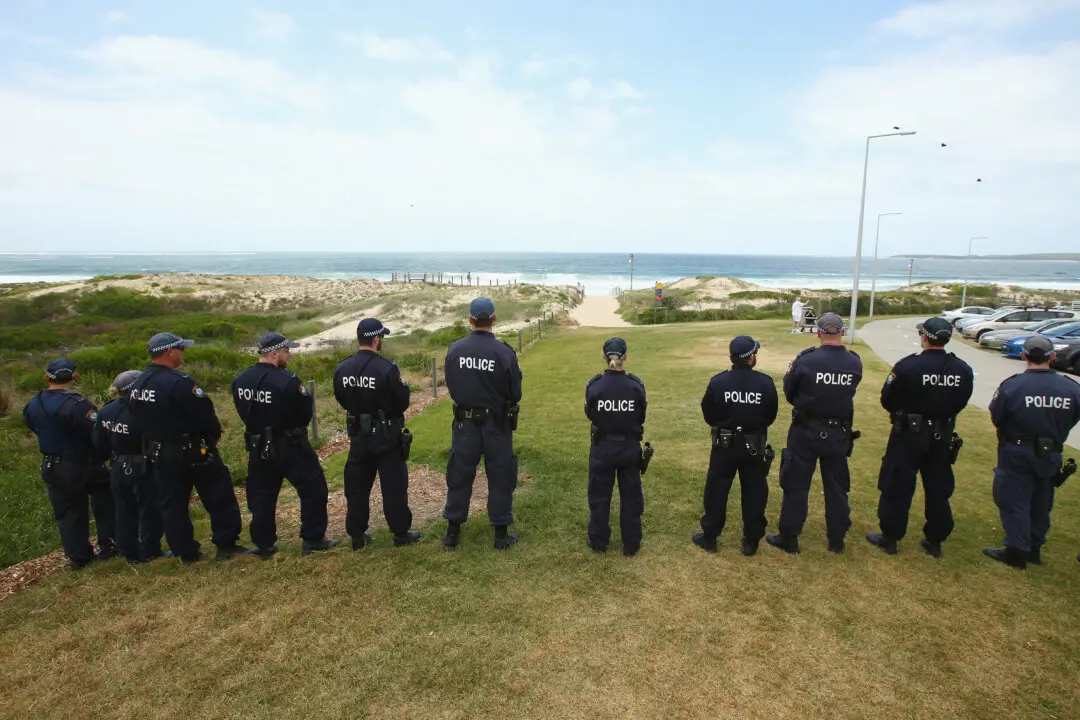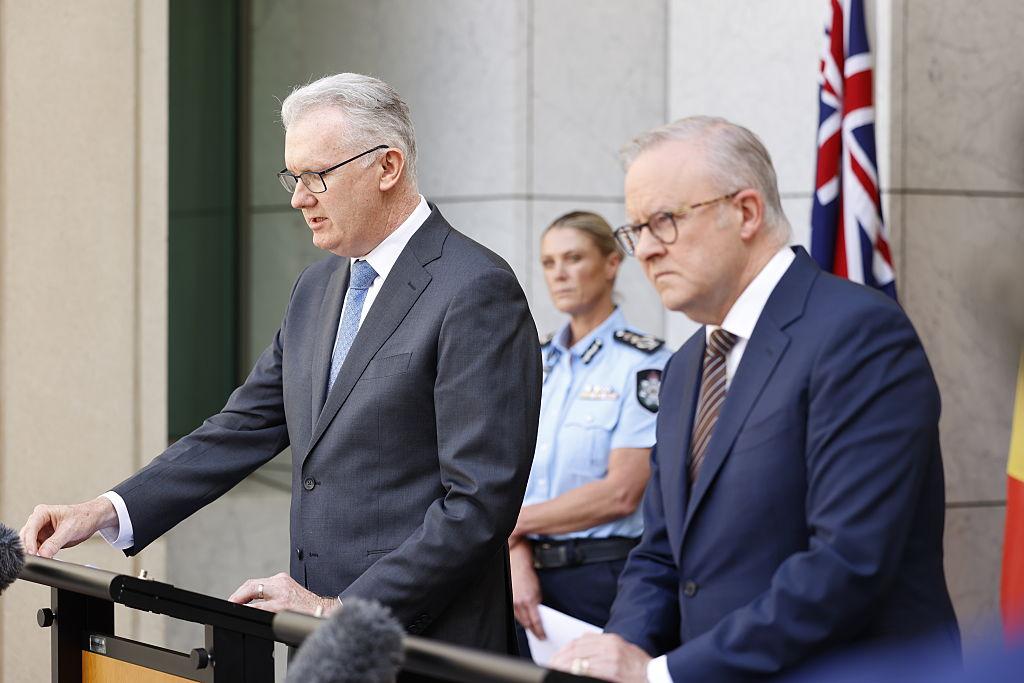The Royal Australian Navy (RAN) is to acquire $7 billion (US$4.7 billion) worth of medium- and long-range missiles from the United States, which will be “progressively deployed” across the Navy’s Hobart-class destroyers, Defence Industry Minister Pat Conroy has announced.
They'll also be used on the Hunter-class frigates, which will enter service in the early 2030s.
